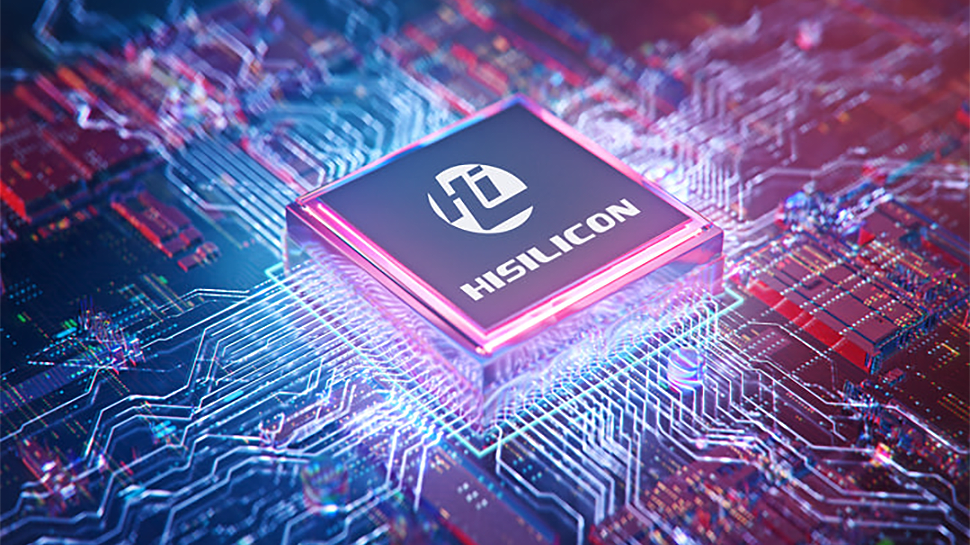
The U.S. Department of Commerce is worried that Semiconductor Manufacturing International Corp. (SMIC) can make chips in significant quantities using a 7nm class process technology. However, it doubts SMIC can produce enough chips to meet Huawei's demands. As a result, the DoC believes that its curbs against China's semiconductor sector in general and SMIC in particular are working as intended.
"Neither the performance nor yields may match the market of the device," said Thea Kendler, assistant secretary for export administration, during testimony before a House Foreign Affairs Committee oversight panel, reports Bloomberg. "Moreover, the semiconductor chip that is inside that phone is a poorer performance than what they had years ago. So our export controls are meaningful in slowing China's advanced technology acquisition."
The chip in question is the Huawei HiSilicon Kirin 9000S, which is made by SMIC using its 2nd generation 7nm-class process technology. The application processor closely resembles Huawei's Kirin 9000 from 2020, produced by TSMC using its N5 fabrication technology, but runs at lower clocks (and thus, offers lower performance than its ancestor). For Huawei and SMIC, this is still a major breakthrough. However, Huawei's Mate 60-series smartphones are less competitive than modern handsets from Apple (which use in-house developed silicon) or other brands that use Qualcomm Snapdragon system-on-chips made by TSMC.
Another point made by Kendler is that SMIC can barely produce enough of Huawei's Kirin 9000S SoCs since it does not have access to modern tools. This part could be argued as Huawei plans to sell tens of millions of smartphones in 2023 and 2024, indicating that SMIC could make enough chips if it has enough raw materials.
The U.S. government has been quite active in attempting to keep high-end process technologies, such as 10nm or 7nm, away from China. Multiple export curbs have been announced recently, but SMIC could still develop its 7nm production node and is reportedly working on a 5nm-class technology. Huawei introduced its Mate 60-series based on a domestically-made 7nm SoC in August, when Commerce Secretary Gina Raimondo was in China, adding more drama to the situation.
Reacting to this, the Bureau of Industry and Security (BIS) at the Commerce Department started looking into Huawei's 7nm chip in September and issued some of their findings to lawmakers today. Meanwhile, there is growing pressure, particularly from Republican lawmakers, for the BIS to be even tougher on Huawei and SMIC. They want to cut these companies off completely from American suppliers and advanced technology developed in the U.S.







